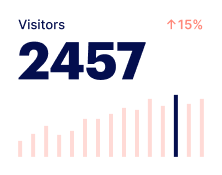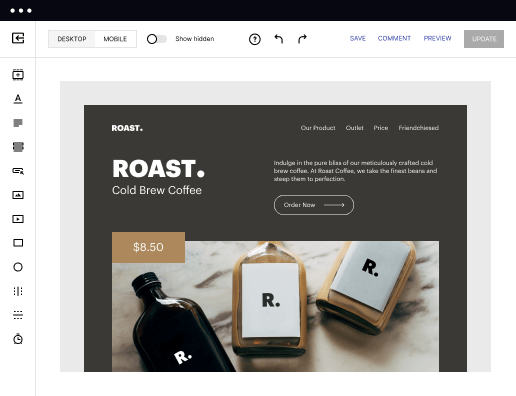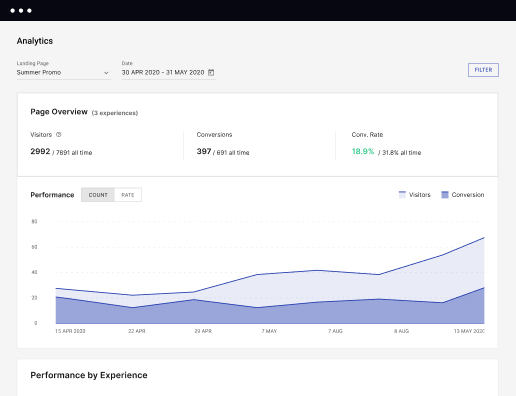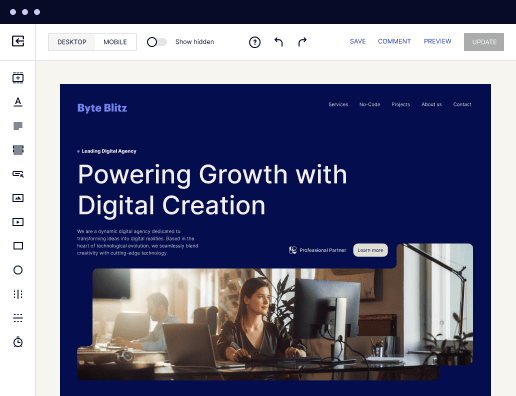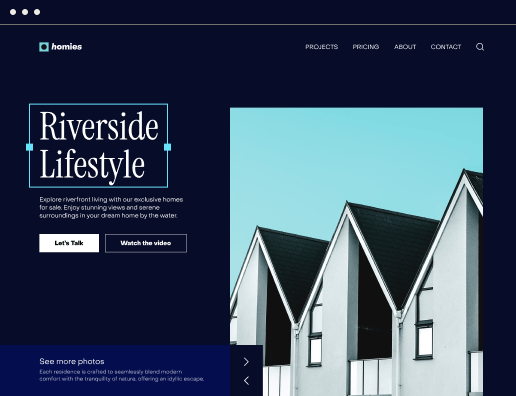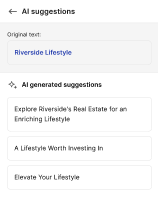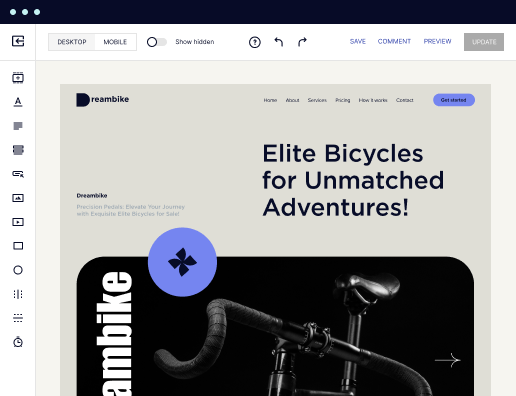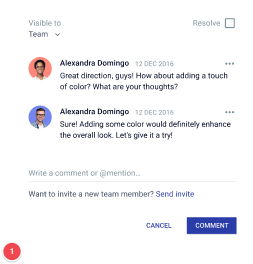Make your profile settings page designed for CentOS
Instapage empowers you to reduce costs, increase conversions, and deliver meaningful experiences on CentOS.
Creating your profile settings page on CentOS: A Step-by-Step Guide
Building a profile settings page on CentOS can streamline user management and enhance the user experience. With Instapage's flexible platform, this guide will help you navigate the essential steps necessary to create a landing page that effectively engages your audience. Understanding the specific features and functionalities offered by Instapage will empower you to craft a relevant profile settings page that boosts conversions.
Understanding the Basics of Profile Settings on CentOS
Before diving into the creation process, it’s crucial to grasp the essential components involved in a profile settings page. This understanding lays the groundwork for utilizing Instapage to its full potential.
- User Data Management: Ensure your settings page captures all necessary user information, offering easy updates and modifications.
- Privacy Settings: Implement privacy controls that align with user expectations and regulations, enhancing trust.
- User Experience Design: Focus on creating a straightforward and intuitive layout that encourages user engagement.
Step 1: Set Up Your Instapage Account
The first step to creating your profile settings page begins with setting up your Instapage account. This process ensures you have access to all the necessary tools to create stunning landing pages.
- Sign up or log in to your Instapage account through their website.
- Explore the extensive library of templates and select one that aligns with your branding.
- Familiarize yourself with the dashboard to access the various tools for page customization.
Step 2: Customize Your Profile Settings Page Template
Once you have selected a template, customization is essential to reflect your specific needs. With Instapage's easy-to-use interface, modifying your page requires no coding skills.
- Adjust layout components: Drag and drop features to create a user-friendly interface tailored to your audience.
- Utilize dynamic text replacement: Personalize the experience based on the user’s profile info for improved engagement.
- Integrate A/B testing: Try different versions of your page to optimize conversion rates and discover what resonates best with your audience.
Step 3: Optimize for Performance
The final step involves optimizing your landing page to ensure it performs at its best. Instapage offers robust tools that allow you to track user behavior and adjust your strategy accordingly.
- Implement heatmaps: Gain insights into user interactions with your profile settings page to identify areas for enhancement.
- Set up analytics: Use the dashboard metrics to understand user behavior and tweak your content for maximized performance.
- Conduct regular reviews: Continuously assess your page’s performance and make necessary updates to keep it aligned with user expectations.
Upon completing these steps, you will have a functional and appealing profile settings page on CentOS that meets the needs of your audience.
Ready to enhance your marketing effectiveness? Sign up for Instapage today and begin creating landing pages that convert!
Get more out of Create your profile settings page on CentOS
Improve your Quality Score with quick load technology for landing pages
Increase conversions with content that aligns with your ads and audiences
Achieve maximum ROI by scaling your marketing initiatives
Leading the way in building high-performing landing pages





FAQs
See how to create your profile settings page on centos in action
Ready to skyrocket conversions?
Supercharge your ad campaigns with high-performing landing pages.
Get started
